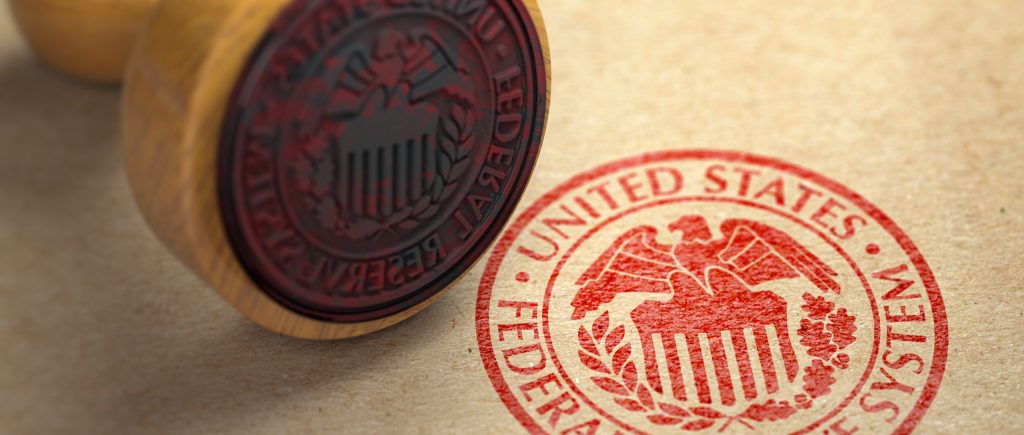Federal Reserve Bank of St. Louis President James Bullard recently published an analysis titled ‘Is Monetary Policy Sufficiently Restrictive?’ in which he compares the policy rate under the Taylor rule to the Fed’s policy rate. According to Bullard, “monetary policy is now in better shape after the rate hikes.”
Bullard’s words are having a muted impact on the market. The US Dollar is holding onto significant daily losses, driven by rising expectations of a potential pause at the Fed’s next meeting. “The prospects for continued disinflation are good but not guaranteed, and continued vigilance is required”, said Bullard.
Key Statements:
Monetary policy is in much better shape today with the policy rate at a more appropriate level than it was a year ago, according to this analysis. But where within the sufficiently restrictive zone should the policy rate be? And are there other factors to consider (e.g., financial stability)? Such assessments could be reflected in judgments by the FOMC going forward.
According to this analysis, monetary policy was about right shortly before the COVID-19 pandemic, as the actual policy rate was within the zone. During the pandemic, the policy rate recommended by the Taylor-type rules went to zero along with the actual policy rate. However, the policy rate was below the zone in 2022, suggesting that monetary policy was behind the curve at that point. But since the FOMC has raised the policy rate aggressively during 2022 and into 2023, monetary policy is now at the low end of what is arguably sufficiently restrictive given current macroeconomic conditions.
While both headline and core PCE inflation have declined from their peaks in 2022, they remain too high. An encouraging sign that inflation will decline to 2% comes from market-based inflation expectations, which had moved higher in the last two years but have now returned to levels consistent with the 2% inflation target. The prospects for continued disinflation are good but not guaranteed, and continued vigilance is required.
 Noor Trends News, Technical Analysis, Educational Tools and Recommendations
Noor Trends News, Technical Analysis, Educational Tools and Recommendations




